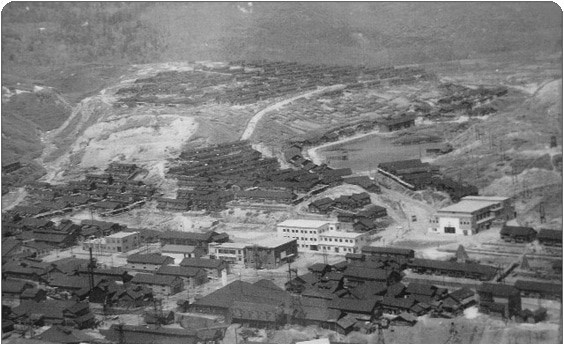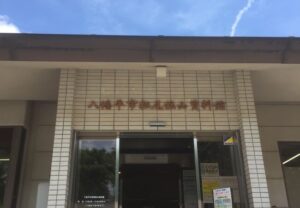The Birth of Matsuo Mine

Development of the Matsuo Mine in Iwate Prefecture began in 1901, following the discovery of a large outcropping of sulfur ore in the mountainous region of Hachimantai in 1882. With an ore body extending across an area of 1,500 square meters and to depths of 25 to 150 meters, it was at the time the largest known sulfur deposit in all of East Asia. A prospectus was issued in 1888, and both open-ore and pit mining were launched and continued as mining rights passed from one entity to another. In 1914 the Matsuo Mining Co., Ltd. was founded, and full-fledged excavation began. That same year 20 refining furnaces were built and a seven-kilometer handcar railway was established to transport sulfur ore out and goods and materials in. Three years later an elementary school was built, and the site went on to flourish not only as an industrial center but also as a community of thousands of people.
From 1914 until the effective demise of Matsuo Mining Co., Ltd. in 1969, 29 million tons of sulfur and iron sulfide ore were extracted from the mountain, producing 10 million tons of sulfuric acid and 2.1 million tons of refined sulfur. At the Matsuo Mine Museum in Kashiwadai, a facility dedicated to the mine’s history, exhibits show the surprising array of products made with the sulfur and iron sulfide ore extracted here, from such familiar items as matches, candles, and rubber bands to industrial goods like plastics, fibers, and agrochemicals.
Matsuo Mine Museum

Tel: 0195-78-2598
Find out more about the former Matsuo Mine at http://www.pref.iwate.jp
See http://visitiwate.com for information on things to do throughout Iwate Prefecture.

